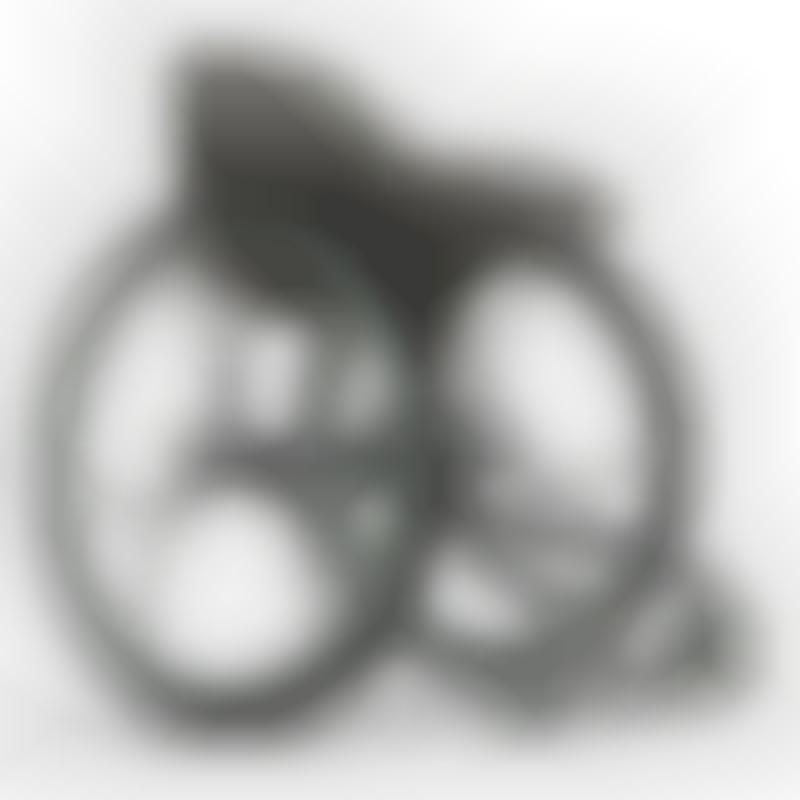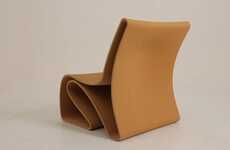
The Layerlab GO Wheelchair is a Made-to-Measure Creation
Meghan Young — June 19, 2016 — Lifestyle
References: layerdesign & design-milk
At first glance, people might not be able to pay attention to anything but how beautiful the Layerlab GO Wheelchair is. With a bucket seat that boasts a striking perforated pattern, large and slim wheels as well as a sweeping foot rest, no one can blame them. Yet the Layerlab GO Wheelchair is much more than its stunning look.
Designed in collboration with Layer/Benjamin Hubert and Materialise, the Layerlab GO Wheelchair is made using 3D printing technology. This allows it to be measured specifically for each person while also boasting a lightweight and nimble function. Ordered through an app, people can pick different elements, patterns and colourways to ensure they get a wheelchair that is tailored not only to their bodies, but to their individual tastes as well.
Designed in collboration with Layer/Benjamin Hubert and Materialise, the Layerlab GO Wheelchair is made using 3D printing technology. This allows it to be measured specifically for each person while also boasting a lightweight and nimble function. Ordered through an app, people can pick different elements, patterns and colourways to ensure they get a wheelchair that is tailored not only to their bodies, but to their individual tastes as well.
Trend Themes
1. Personalized 3D Printing - Disruptive innovation opportunity: Explore the use of 3D printing technology to create personalized products and enhance user experiences.
2. Customizable Assistive Devices - Disruptive innovation opportunity: Develop customizable assistive devices that allow individuals to tailor the products to their specific needs and preferences.
3. Aesthetic Design in Accessibility - Disruptive innovation opportunity: Combine aesthetic design with accessibility features to create visually appealing and functional products for individuals with disabilities.
Industry Implications
1. Healthcare and Medical Devices - Disruptive innovation opportunity: Integrate 3D printing technology in the healthcare industry to design and manufacture personalized medical devices and assistive equipment.
2. Consumer Electronics and Wearables - Disruptive innovation opportunity: Apply 3D printing technology to create customizable and aesthetically appealing wearable devices for personal use.
3. Interior Design and Architecture - Disruptive innovation opportunity: Utilize 3D printing technology to produce customized furniture, decor, and architectural elements that enhance both accessibility and visual appeal.
5
Score
Popularity
Activity
Freshness























